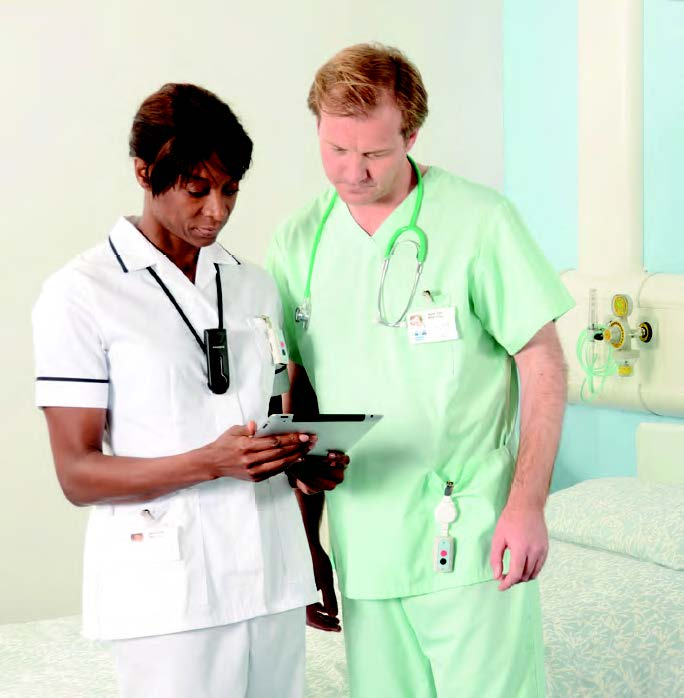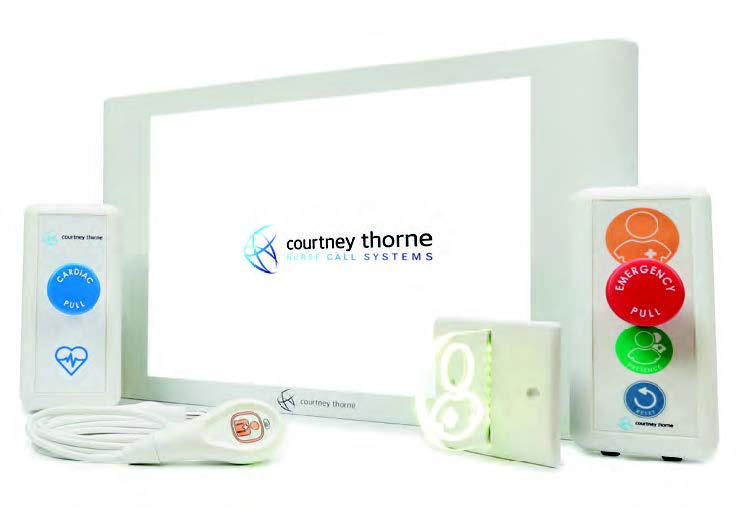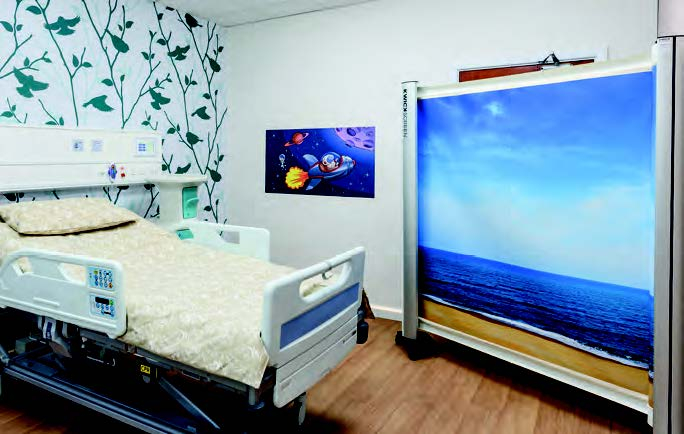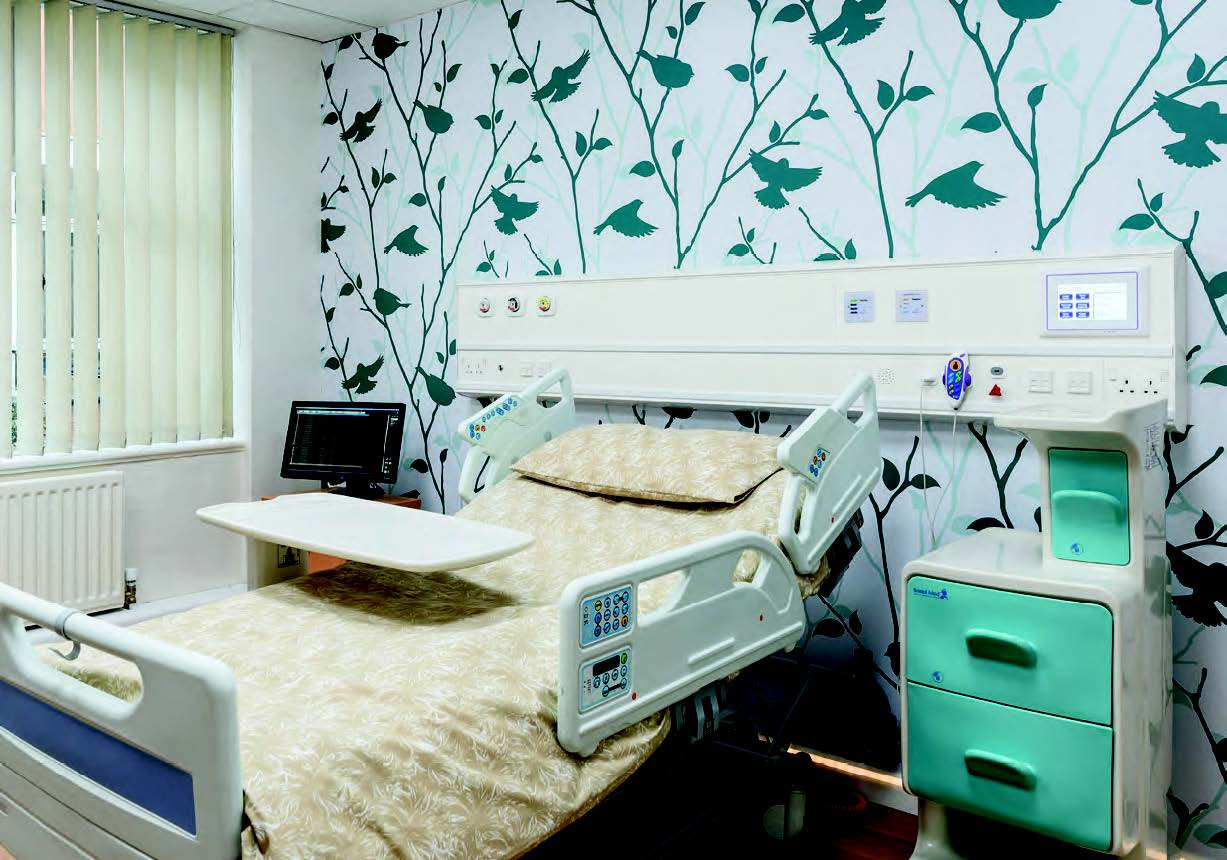
The recent evolution of nurse call systems means they are now being used to support the elderly and vulnerable in hospitals and care homes.
Nurse call system manufacturers are reporting a significant increase in demand for telecare-style systems, driven by the increasing use of ‘wearable’ technology and common IP platforms.
Not only are these innovations helping to keep patients safe and improve the patient experience; but the changes are also being driven by greater industry focus on task management.
Phil Wade of Static Systems explains: “Many more hospitals are realising how technology and data collection can assist nursing staff and supporting teams in their daily tasks.
“Nowadays, alarms, voice communication, diagnostic information, patient services and other important data can all be integrated into nurse call systems with relative ease.”
Beyond a bedside summoning system
In acute hospitals, in particular, David Hewitt of Courtney Thorne explains, “Increasingly we are being asked to include features in nurse call systems such as fall and movement detection so you can identify patterns in behaviour that may indicate a problem.
“You can even integrate access control solutions to prevent someone from leaving a specific space, or alerting a member of staff that they have done so.”
As solutions become increasingly wireless; sensors can be placed on a person, or around a room, reporting vital data back to staff".



A new generation of smarter technologies
Paul Lawrence, managing director of Ascom, said: “This includes intelligent sensors to provide opportunities to improve carers’ workflows, reduce alarm fatigue, and provide more information to enhance the quality of care provided, as well as data for preventative and predictive care, rather than reactive care.”
An example is Courtney Thorne’s Altra Health range which utilises smart mobile technology to provide a wireless system that combines radio frequency technology with Bluetooth and WiFi.
The range includes traditional mechanisms such as call buttons (Altra Call), pull cords (Altra Pull), and bathroom/toilet pull cords (Altra Assist.
Also available are:
The increasing use of sensors
The use of sensors within nurse call systems is expected to grow significantly.
Organisations are rapidly adopting additional nurse call features such as:
Looking ahead
Courtney Thorne is adding extra functionality to the inside of units so it can make them active as soon as hospital demand increases.
Lawrence points out that care and residential homes nurse call design will move away from looking clinical and will instead become part of the home environment.
In hospitals and care homes, they will continue to integrate with mobile devices to ensure that staff receive messages and alarms where ever they are.
Overcoming cost barriers
Speaking at the recent mental health & dementia facilities forum; Hewitt said “If more hospitals and care homes adopt this technology and realise the benefits then nurse call companies can reduce the cost of the systems and vastly improve outcome”.